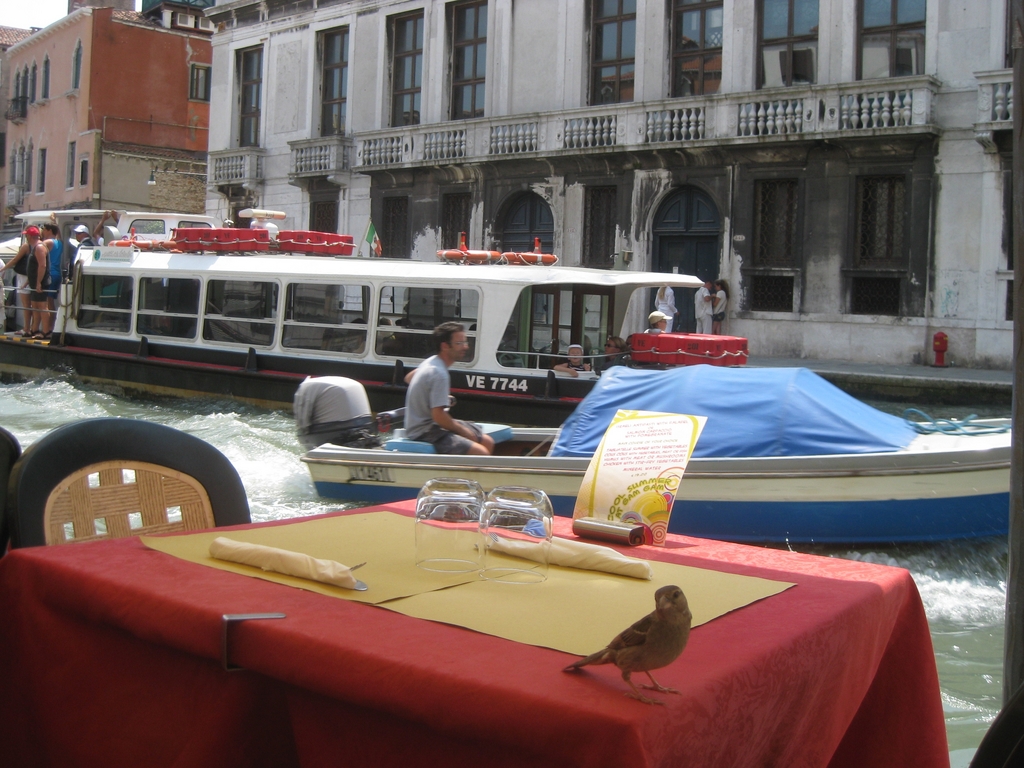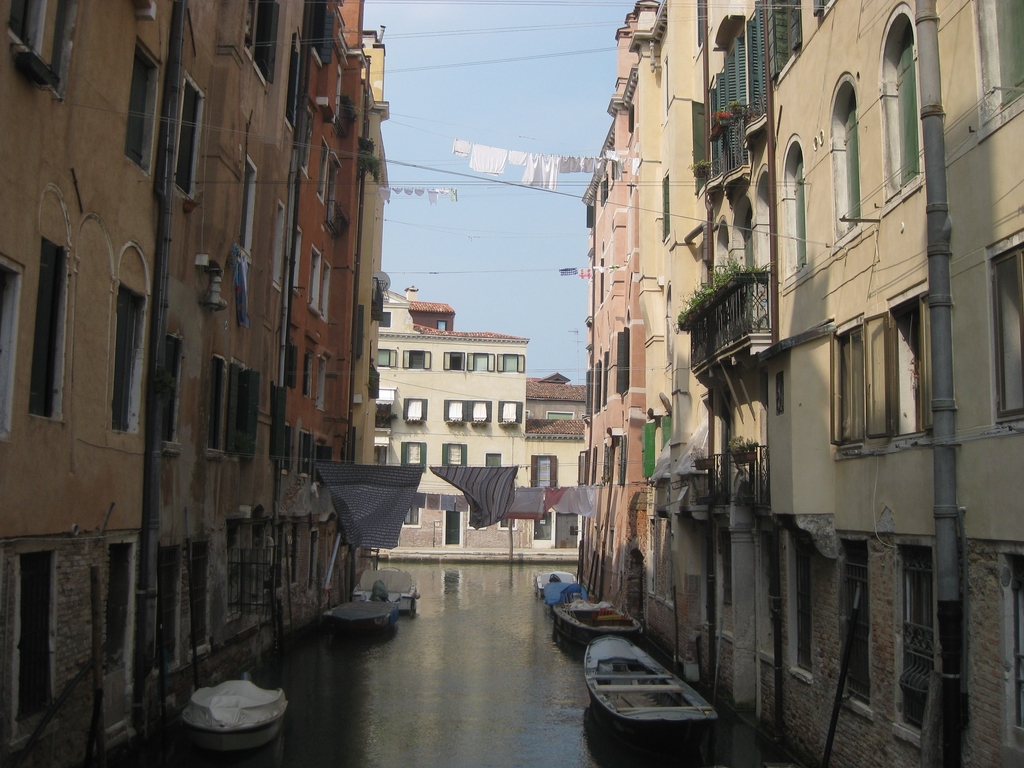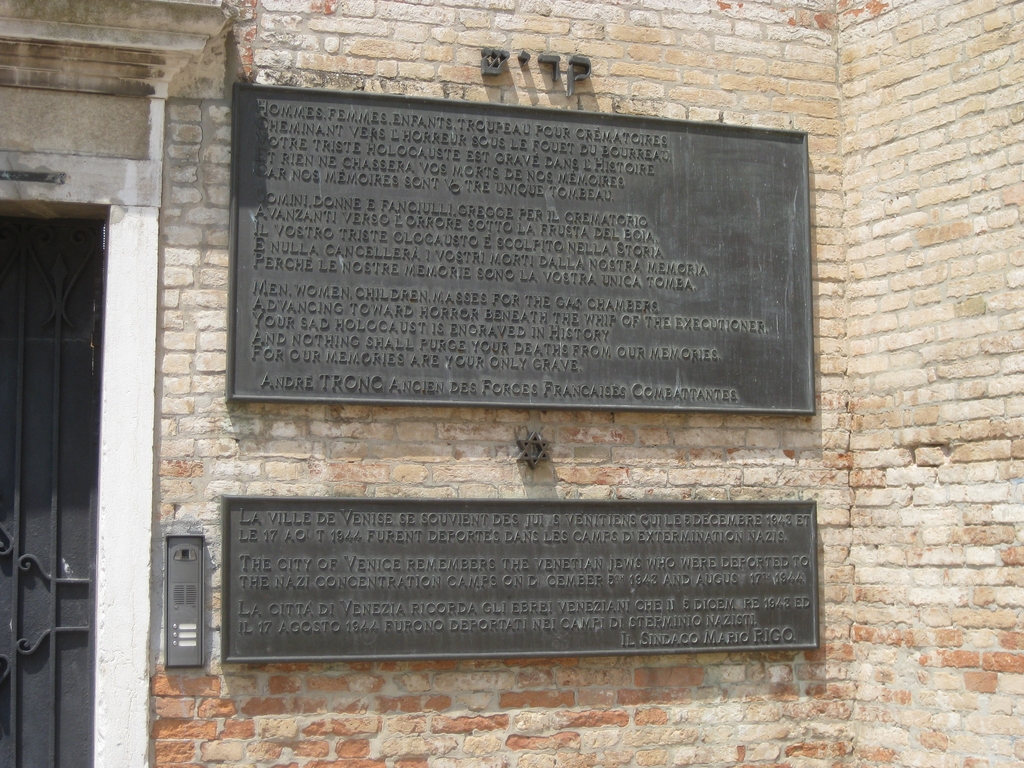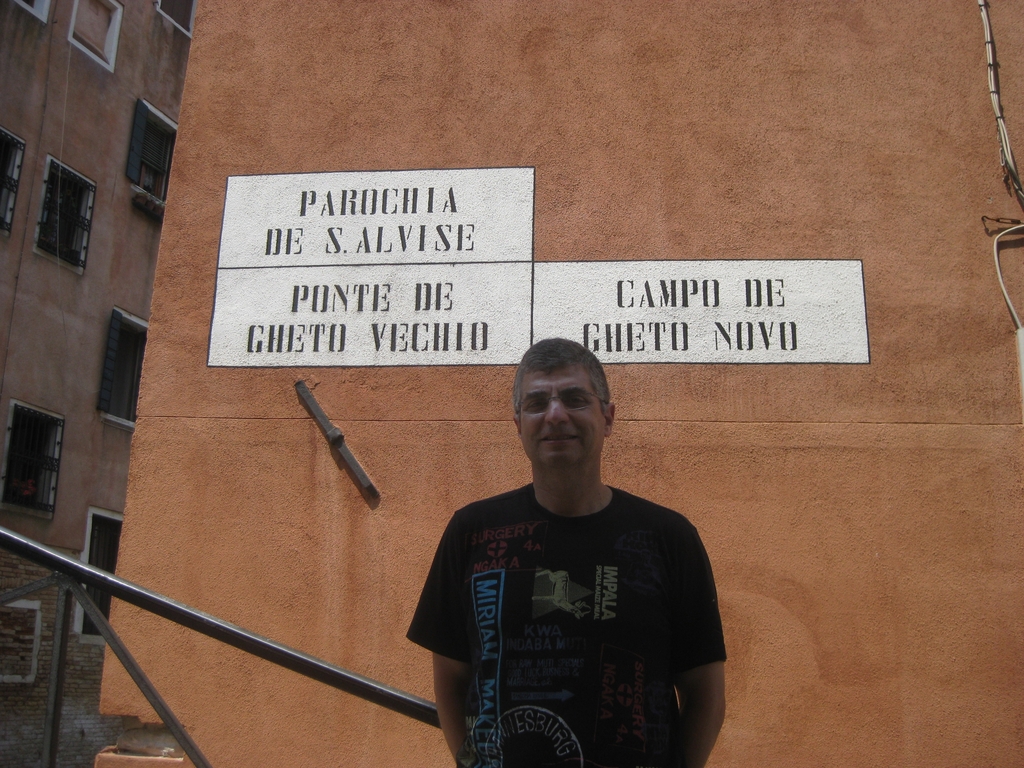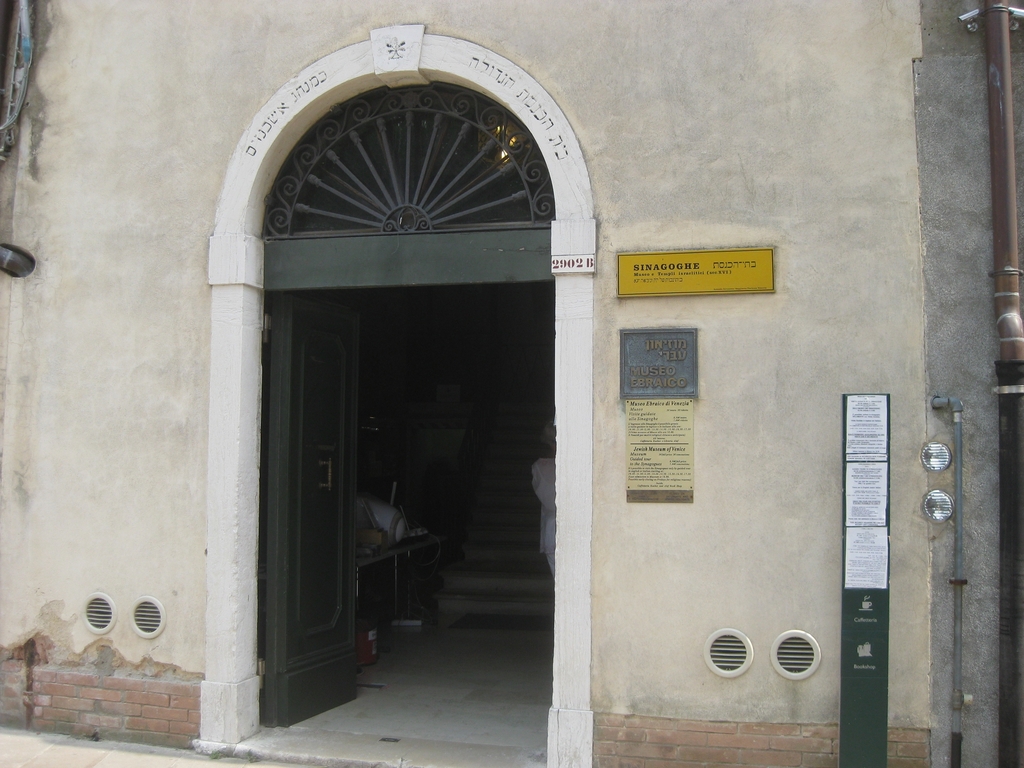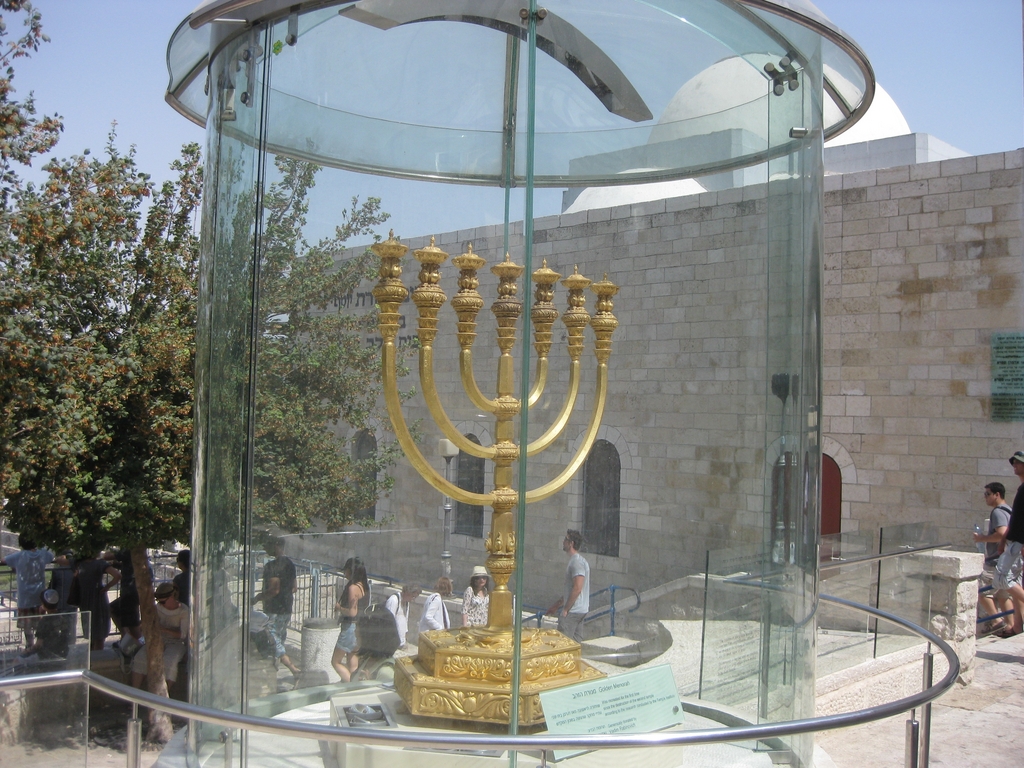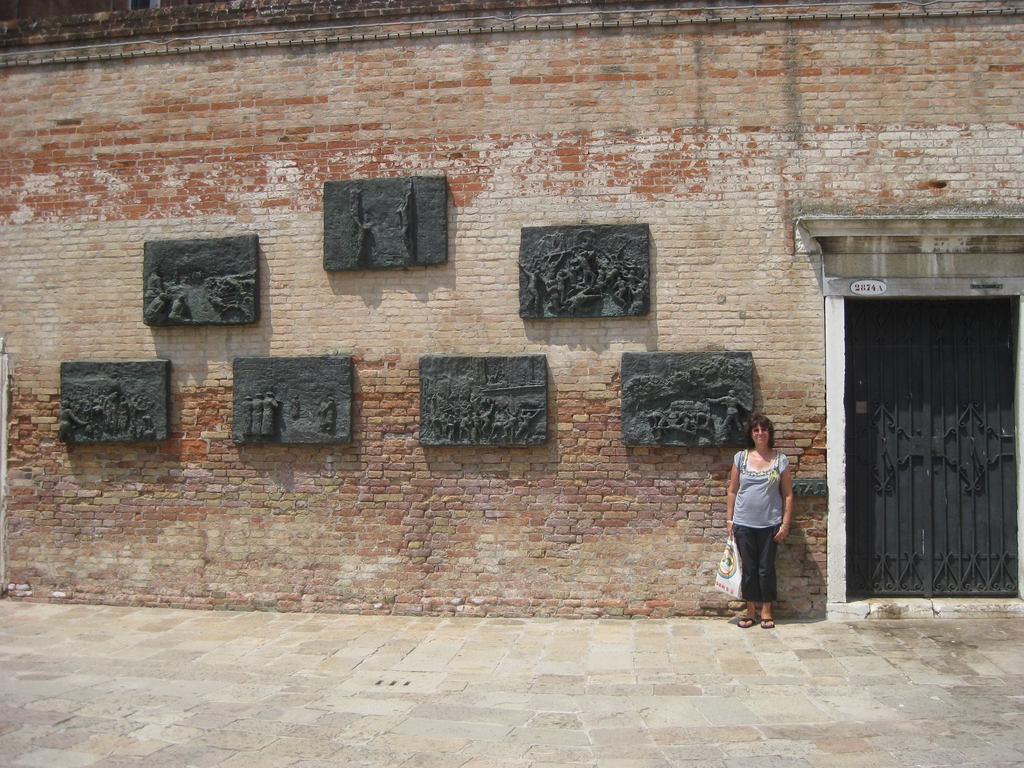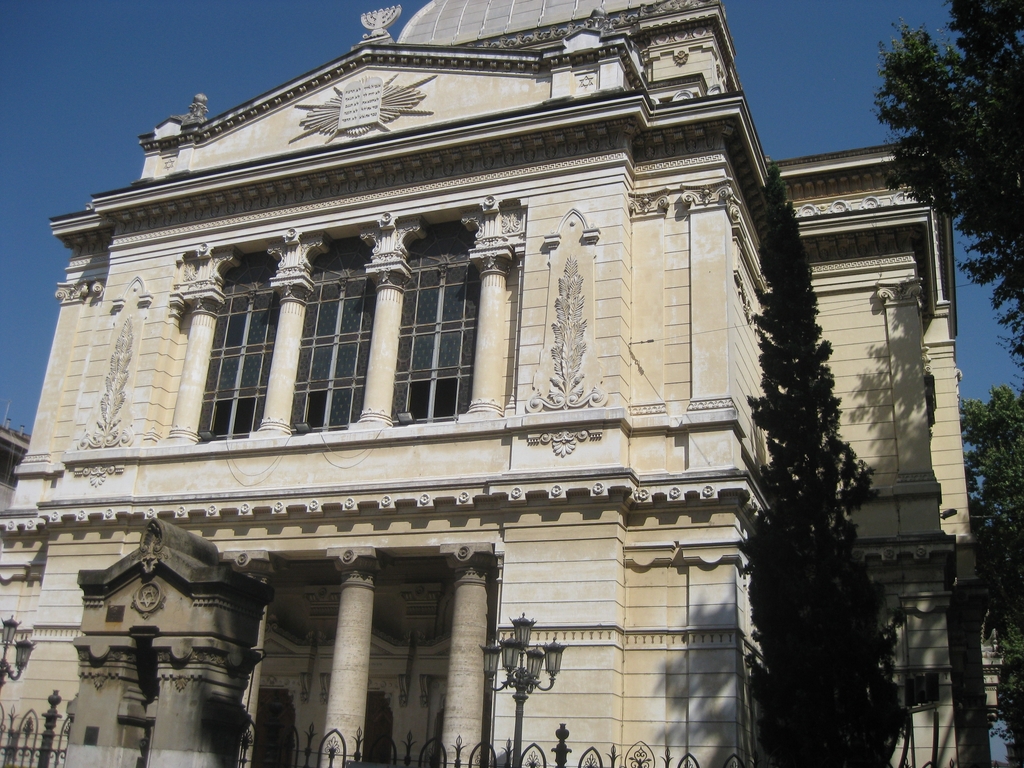From the Kotel to the Colosseum
Recently while visiting Israel, my family and I were able to squeeze in some priceless moments as tourists. Our stop in Jerusalem included a sweltering hike from the busy pedestrian shopping streets to the still-sparkling new Mamila mall and its outdoor art gallery. We walked through the Jaffa Gate, past the Arab shops and right to the Cardo in the Jewish Quarter before finishing our tour at the Kotel. We have done this route many times before, but visiting the Western Wall at the start of the 9 Days seemed especially well timed. Equally poignant were our next trip destinations: we flew to Italy to visit the Jewish communities in Venice and Rome.
In Venice, by the signs for the Ghetto Nuovo (the New Ghetto) and the Ghetto Vecchio (the old Ghetto) my husband and I felt the weight of the history of our people. The Venetians are responsible for coining the term Ghetto, which is so commonly used today. We took in the piazza that had a Holocaust memorial, five synagogues, kosher shops and a local Chabad. Jews could readily identify the synagogue by looking at its five windows — each with an image from the five books of the Torah.
The kosher restaurant is at the edge of the canal and while we ate a delicious meal we watched the gondoliers glide by. Our son is studying art in Venice and has sat in on a Shabbat dinner in the Ghetto as just one of 400 members of the community.
After a beautiful four hour train ride to Rome we sampled some Jewish Roman delicacies: crispy fried artichokes, zucchini blossoms and fresh fish. The street of Jewish shops led us directly to the Jewish museum inside the Great Synagogue. The history of the Roman Jewish community began in the second century B.C.E. The Great Synagogue itself was built much later after the unification of Italy in 1870 when Roman Jews were granted Italian citizenship and the old Ghetto was demolished.
I was amazed by the inside of the incredibly ornate synagogue. The unique design was meant to be seen from all over the city as an expression of the Jewish community’s freedom. The synagogue was targeted by terrorists in 1982 and the security there is as tight as security at the Kotel. The synagogue was saved from destruction during World War II because of its designation as a national historic site. In 1986, Pope John Paul II came to the Great Synagogue to publicly announce regret for the church’s stance during the Second World War . Although the pope’s visit to the synagogue was unprecedented, our tour guide was unimpressed by the papal gesture.
We saw the Arch of Titus which commemorates the destruction of the Temple and exile of the Jews from Jerusalem in 70 C.E. It depicts the Temple Menorah and other treasures being carried off to Rome. It is thought that these spoils of war contributed to the building of the Coliseum, which coincidentally, was our next stop. The Colosseum certainly felt like the right place to be during the nine days.
We later attended Friday night services at the Great Synagogue and were comforted by the continuity of the Jewish community in this ancient city. Italian Jews are neither Ashkenaz nor Sephardic, as their community predate these distinctions. They are simply Italian Jews who have their own rich traditions.
As we traveled to different Jewish communities around the world, we were struck by the great variety among our Jewish brethren as well as the strong Jewish identity that somehow binds us, despite our differences, together.

 55.0°,
Mostly Cloudy
55.0°,
Mostly Cloudy 